 Here we are, on the eve of our closest – and perhaps, for my lifetime, only? – visit to tiny Pluto, the body which marks the outermost boundary of the “classical solar system”. My generation was brought up counting nine planets; it’s only in the past decade that the obsessive-compulsive need to shovel things into rigidly defined categories knocked that down to eight.)
Here we are, on the eve of our closest – and perhaps, for my lifetime, only? – visit to tiny Pluto, the body which marks the outermost boundary of the “classical solar system”. My generation was brought up counting nine planets; it’s only in the past decade that the obsessive-compulsive need to shovel things into rigidly defined categories knocked that down to eight.)
It’s humbling to think about it: Pluto is the most recently-discovered of the “classical solar system”, and the only one discovered by an American astronomer, Clyde Tombaugh. Not even Tombaugh could have imagined that, 85 years after he found that speck of light that moved between two still photos of the night sky, we would be there.
And we’re there by way of a vehicle that’s virtually a smart car compared to the mid-sized sedan that was Voyager 2, which explored every planet in the “classical” outer solar system except Pluto. New Horizons is an ultra-compact wonder with a smaller power plant than Voyager had at its disposal. A complex set of instructions run by New Horizons’ main computer has to power up the camera, take a picture (at a precise time, planned down to the second if not the millisecond), store that image for later transmission to Earth, kill power to the camera, power up the reaction wheels, spin the vehicle a certain number of degrees to a specific angle, kill power to the reaction control subsystem, power up another instrument… and on Monday and Tuesday, it will be doing this for something like an entire day with no opportunity for intervention from Earth. Tuesday night, the only inkling we’ll have that the entire plan has been correctly executed will be a telemetry signal from New Horizons, indicating that the spacecraft is healthy and it has completed its programmed observations and can begin sending them back to us.
With a signal transit time that means the data takes at least four and a half hours to travel from Pluto’s neighborhood to Earth, we won’t have all the data until November of this year. The slow but steady stream of data will help to take the sting off of the probability that, for most of us who aren’t my kids’ age, this will be our only glimpse of Pluto and its moons that comes from within a billion miles of them.
People like nice, even round numbers. People like complete box sets and strictly defined goals. People like to pat themselves on the back. And so it is with New Horizons: NASA (and indeed some of the individual scientists and mission controllers) is eager to label a successful visit to Pluto as the “end of the first reconnaissance of the solar system.” That’s nice. People like sharply defined endings.
There’s a problem with endings, though: people tend to regard them as “we’re finished with that.” And that’s a very dangerous perception here.
A successful Pluto flyby may well complete the initial reconnaissance of the “classical solar system”, but it does not tie a bow on a lid to clamp onto the box of solar system exploration.
The danger is that, perceiving a conclusion or completion, the public (and/or worse yet, Congress) will decide that we’ve explored the solar system, we’ve been there, done that, and we can now direct our attention – and our budget – elsewhere. A softening of support for solar system exploration could send ripples through everything from putting bootprints on Mars to sending probes back to Europa and Enceladus and Titan, to missions not on the drawing board that need to happen to fill in the gaps left by the Voyager program, revisiting Uranus and Neptune (and, dare I suggest it, following up on Pluto).

A successful Pluto flyby affords us a brief pause before advancing to level two. It’s not “game over.”
There is a precedent for this. Even before the first manned moon landing, the budget for the Apollo program began dying a death of a thousand cuts. An ambitious post-lunar series of flights to Earth orbit and to an Earth-orbiting space station was whittled down to three flights to the Skylab space station and a single international cooperative flight with the Soviet Union, after which the versatile and capable Apollo hardware was mothballed in favor of throwing all resources at the space shuttle. There were plans on paper to send Apollo-based vehicle clusters to Venus and Mars as early as the late 1970s, but because these trips – do-able with modified and augmented Apollo vehicles – were beyond the shuttle, these plans were scuttled.
It would be a shame for our exploration into the solar system – and beyond – to suffer the same fate because of a misperception that we’ve finished exploring.
It might be a cliche to invoke a movie tagline here, but the human adventure is just beginning. Cheesy and yet poetically apt.
Visiting Pluto is a milestone, don’t get me wrong. It’s a satisfying chapter ending. But we have to be careful not to let nebulous wording make it the end of the book.

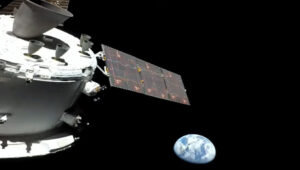
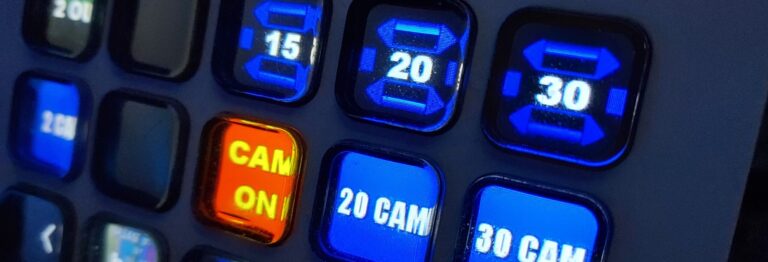


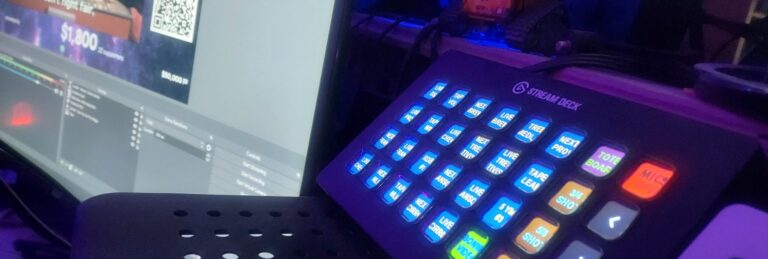
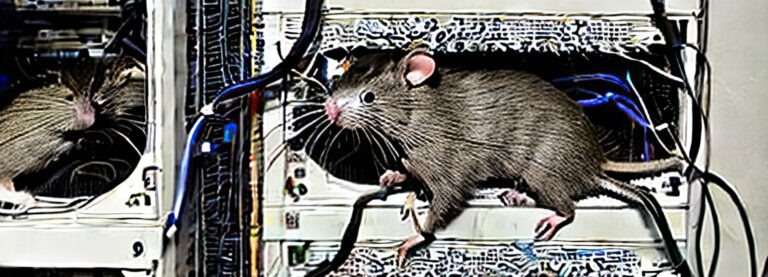
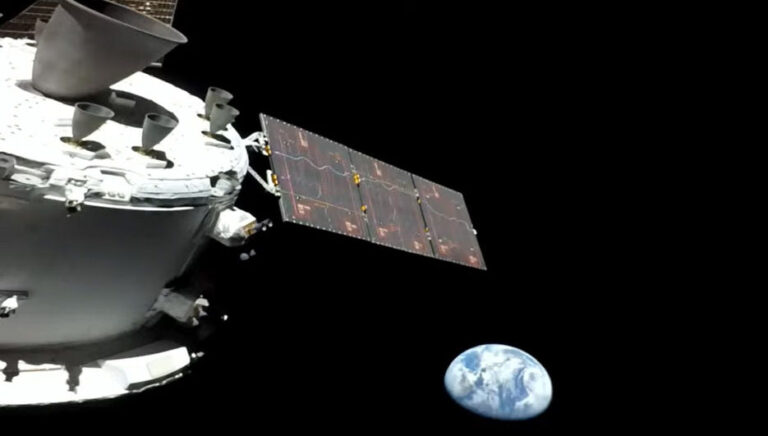
+ There are no comments
Add yours